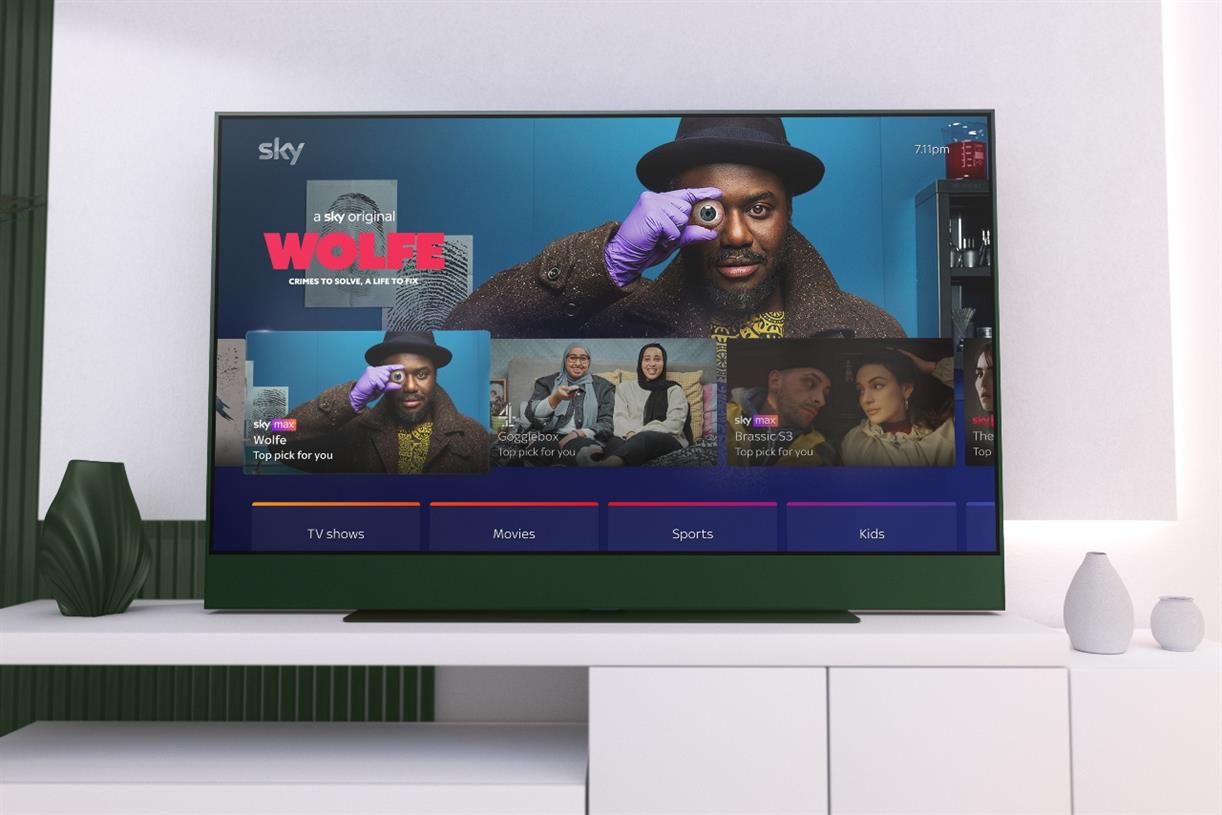Using Segmentation to Optimize Email Campaigns
How many unread marketing emails live in your spam? According to the Data & Marketing Association (DMA), just 13% of people say over half the emails they receive are useful. Despite this (rather bleak) statistic, email marketing is still...

How many unread marketing emails live in your spam? According to the Data & Marketing Association (DMA), just 13% of people say over half the emails they receive are useful.
Despite this (rather bleak) statistic, email marketing is still an effective channel to nurture leads and increase conversions, generating one of the highest returns on investment—$36 for every dollar spent. It’s no wonder that 81% of B2B marketers say their most used form of content marketing is email newsletters.
But how can you ensure your email communications don’t fall on deaf ears?
As a trusted Hubspot and Klaviyo partner and one of the top email marketing agencies in the US, SLTC empowers brands to address the unique needs of their customers by implementing personalized email strategies that increase opens, clicks, and conversions. We have meticulously tested and optimized thousands of campaigns, annually sending over one million for brands in eCommerce, B2B, Health & wellness brands, and more.
Our main takeaway? Whether you’re running campaigns focused on brand awareness, lead generation, or conversions, segmenting your audience and delivering targeted content based on demographics, interests, and behaviors will get your emails out of the trash and keep customers wanting more.
Segmentation uses a shared trait among a group of contacts, while personalization customizes content for each individual contact. For example, using segmentation you might target everyone who has bought an item with an email promoting other relevant products. However, you could personalize this campaign on an individual level by using each contact’s purchase history to share recommendations unique to them.
Why Segmentation Works
In a world where technology continues to influence nearly every aspect of our personal and professional lives, consumers have come to expect personalized content that is relevant to their tastes and needs.
Segmenting your contact list to target groups of people at specific stages in the customer journey allows you to deliver content that caters to each group’s distinct triggers, driving them to make a purchase or complete the desired action.
The results can be astonishing. Marketers who used segmented campaigns noted as much as a 760% increase in revenue.
How to Segment
The intricacies of audience data and information can give seemingly endless possibilities for segmentation, leaving many small business owners feeling overwhelmed and unsure of where to start. Our advice? Keep it simple.
The types of segmentation you prioritize will vary depending on the industry, products and services you offer, and current goals for your business. Start with the basics by considering demographics, the customer journey, interests, location, behavior, and engagement.
Demographics
This is the most common type of segmentation used by marketers. Information such as age, income, gender, education, and employment are all demographics that can be used to segment your subscriber list.
By creating buyer personas for your ideal customer, you can personalize the messaging, content, and formatting of your campaign to increase engagement and conversions.
For instance, when implementing email campaigns for Betsy & Adam, a formal dress brand based in NYC, SLTC created segments based on age, education, and more to deliver relevant content and drive sales for prom, homecoming, graduation, and sorority formals.
Abandon Cart Flows
Tired of seeing abandoned carts in your online shop? You’re not alone. In 2021, almost 80% of online shopping carts were abandoned. Re-engaging these visitors with a succinct, personalized email can help you recover a third of these otherwise lost sales.
SLTC used Klaviyo to segment 41,000 of The Dogists’ subscribers to deliver relevant messaging within the customer’s current buying stage. Automated abandoned email flows would be triggered when a consumer viewed a product and then closed their browser, while a different flow offering an incentive for purchase would be triggered when a consumer added a product to a cart before exiting.
Similarly, welcome and thank you flows reinforced the community and brand identity of The Dogist, expanding the lifecycle of each individual customer by making them feel seen and appreciated.
Interests and Needs
When was the last time a brand asked you about your interests and values? Surveys and quizzes are highly effective strategies for gathering psychographic data on your customers, allowing you to leverage personalized content based on their preferences, pain points, motivations, and triggers.
Location
Location-based segmentation is a commonly used strategy in email marketing. This is especially true for businesses that rely on location to drive purchasing decisions. Geographical data can be used to send information about location-based events, offers from local stores, or deliver content in the time zone of the subscribers.
Buyer Behavior
Tracking consumer behavior on your site can help you take segmentation and personalization to the next level. Behavioral data such as past purchases, average spending, and other shopping habits enables you to create dynamic content that is tailored to your customer’s tastes. Recommending the perfect accessories for a new outfit someone purchased, setting up reminder emails for
products that they buy regularly, or offering discount codes to shoppers who only buy off the sale rack will encourage them to keep buying from you.
Engagement
How often are people interacting with your content? Segmenting contacts based on open rates and click-through rates allows you to deliver targeted follow-ups. Reward actively engaged users with exclusive sales, events, or new features.
Inactive users or new subscribers might need more information about your brand or products. A/B testing your email subject line can help you optimize copy and increase your open rate over time.
Harness the Power of Email Marketing
There is no denying that email segmentation is the way to personalize emails and newsletters and deliver targeted content that speaks to your email subscribers.
Email segmentation doesn’t have to be complicated. You can kickstart your email strategy today by contacting SLTC, a proven growth partner, to help you deliver robust and effective email campaigns that protect and grow your first-party data today!

 Tfoso
Tfoso 









![How to Calculate Marketing ROI [+Free Excel Templates]](https://blog.hubspot.com/hubfs/Marketer%20calculating%20ROI%20in%20marketing%20from%20free%20Excel%20templates.jpg#keepProtocol)
![What Video Marketers Should Know About Creating Diverse and Inclusive Content [New Research]](https://blog.hubspot.com/hubfs/marketer-creates-diverse-video-content%20%281%29.jpg#keepProtocol)




















